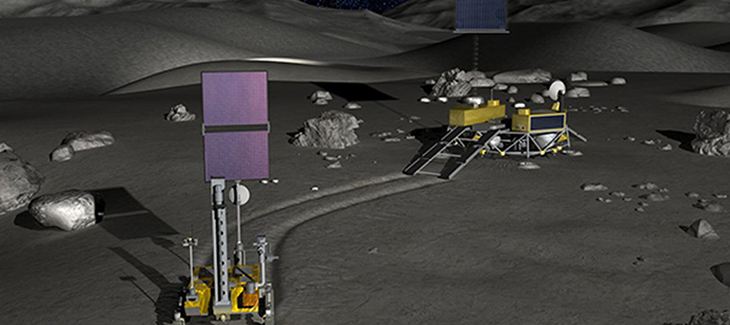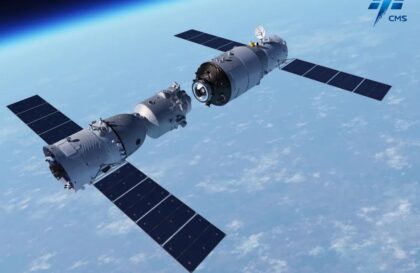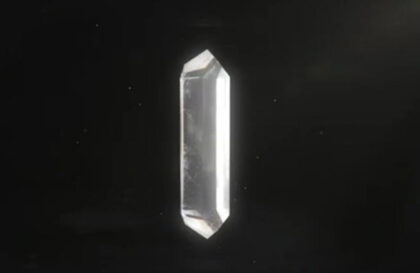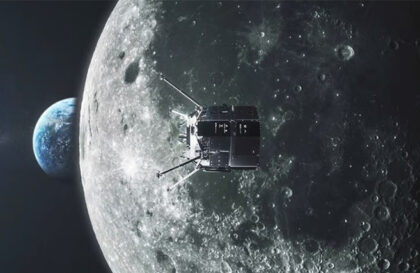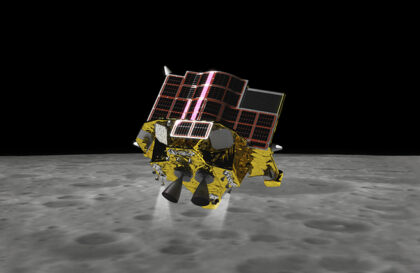The Indian spacecraft Chandrayaan-1 arrived on the Moon in 2008. His space technology impressed Tokyo. The Indian Space Agency (ISRO) is preparing its next lunar mission, now in partnership with the Japan Aerospace Exploration Agency (JAXA). Called LUPEX or Lunar Polar Exploration, the mission, planned for 2024-25, will give ISRO an additional chance to explore the lunar surface.
About LUPEX’s mission
LUPEX, an exploration mission focusing on the Moon’s polar regions, will head to the eternally dark areas where one side of the celestial body is always hidden from the sun’s rays. To operate in these dark areas, the spacecraft and its instruments are provided with an alternative energy source: onboard batteries. The mission, which also plans to explore the availability of water in the polar regions and look at the potential for long-term station installations, will use a launch vehicle and rover provided by JAXA and a lander from ISRO.
Chandrayaan -2
On July 22, 2019, the Indian Space Research Organization (ISRO) launched the Chandrayaan-2 mission using the Launch Vehicle Mark-3 (LVM3), which included an orbiter, lander and rover. The lander was supposed to deliver the Pragyan rover to the lunar surface on September 6, 2019. Still, during the landing attempt, the device lost communication and deviated from its trajectory, resulting in a crash near the south pole of the Moon.
Scientists highlight the lunar south pole region for its research potential, as significant amounts of ice have been found there. The difficult, mountainous terrain and unstable lighting preserve the ice, preventing it from melting, but also add complexity to the process of landing scientific vehicles. The ice may include constituents that melt under warm conditions in other areas of the Moon, providing unique information about the past of the Moon and the entire solar system. Ice could also serve as a source of water and elements to produce fuel and oxygen for future missions and lunar bases with a human crew.
Chandrayaan -3
Credit: Indian Space Agency
On August 23, 2023, the Chandrayaan-3 lander, approaching the apogee of its orbital path, activated four engines for braking maneuvers at 30 kilometers above the lunar surface. After 11.5 minutes, the device leveled off at an altitude of 7.2 km, holding the position for about 10 seconds, after which, using eight small engines, it switched from horizontal to vertical orientation, continuing its descent.
Next, activating two of the four main engines, the device slowed its descent to 150 meters, hovered there for 30 seconds, identified a suitable landing site, and continued moving down, landing successfully. With this, India confirmed its space capabilities in the context of the future LUPEX project.
Chandrayaan-3 successfully landed on the Moon, demonstrating a number of maneuvers during descent, including braking, stabilization, and finding the optimal landing site, ultimately validating India’s capabilities for the upcoming LUPEX project.
LUPEX Mission Goals
The Lunar Polar Exploration (LUPEX) mission will demonstrate new technologies for exploring the lunar surface and surviving lunar nights, using algorithms and equipment from the JAXA SLIM mission for precision landing.
SLIM is a compact lunar lander whose goals are to achieve pinpoint landings, minimize the size and weight of equipment used, study the origins of the Moon, and test technology for low-gravity operation critical to future space exploration. Credit: JAXA
The rover, weighing a minimum of 350 kg (770 lb), will be equipped with instruments from JAXA and ISRO, including a drill to take samples from a depth of 1.5 m (4 ft 11 in). He will focus on finding and analyzing water. The European Space Agency’s EMS-L L-Band Exospheric Mass Spectrometer instrument, originally intended for the Russian Luna 27 mission, will now be used on this mission due to sanctions against Russia following the 2022 invasion of Ukraine.
Banner image: Japan Aerospace Exploration Agency
Image credit:
https://sdgs.jaxa.jp
https://oneworldnewsservice.com
https://global.jaxa.jp
